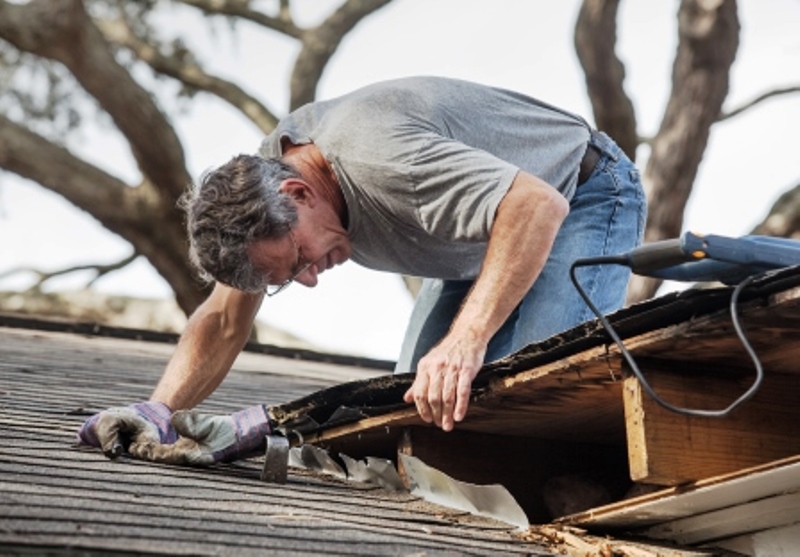Before you start building, speak to an expert about fitting the right flashings to your home and roof.
What Are Flashings?
Roof flashings are thin pieces of material that are installed to prevent water from entering a building. They form part of your home’s weather resistance and help to protect it from the elements.
Types of Flashing
Flashing comes in various materials, shapes and forms. The two most common types of flashing for a home are roof and wall flashings.
The flashing on a wall is generally installed vertically or horizontally but it can be installed diagonally to give it an aesthetic appeal.
At One Stop Roofing, our flashing comes in a few different styles:
LONGITUDE
Made to suit cladding, longitude flashings run parallel across the pans of the roof. For the longitude flashing to be effective, it needs to:
- Have an overlap of a minimum of 150mm
- Be fastened at a maximum 500mm
Longitude flashings are available in both Zincalume and Colorbond and must have a barrier between the cladding.
TRANSVERSE
Transverse flashings run across the pans of a roof. These flashings generally have a stiffening lip along the lower edge. This is turned downward into the pan or valley. Transverse flashings must be sealed with a recommended sealant and fastened at the end of the sheets.
Regardless of the flashing you choose, it must weatherproof the cladding that it protects. If supports need to be moved around, ensure all safety measures are put in place before working.
Materials
Flashings must be made from a material that is compatible with the cladding on your roof.
Roof and wall flashings are most commonly produced from:
- Aluminium
- Copper
- Zinc
- Stainless steel
- Galvanised steel
Manufacturers also produce roof and wall flashings from other materials such as plastic and rubber. Regardless of the material, you want to be sure that your flashings will protect your home. Copper is by far the best of these materials as it is flexible to work with. The longevity of copper is also a major cost advantage. If you are not sure which material is right for your home, speak to an expert. They’ll inspect your roof and determine the right flashings for your home.
One Stop Roofing is a leading supplier of all roofing and walling materials. With nearly 30 years in the industry, our knowledge and experience count when choosing roof supplies. Get in touch with us today and our staff will assist you with all of your roof flashing needs.


